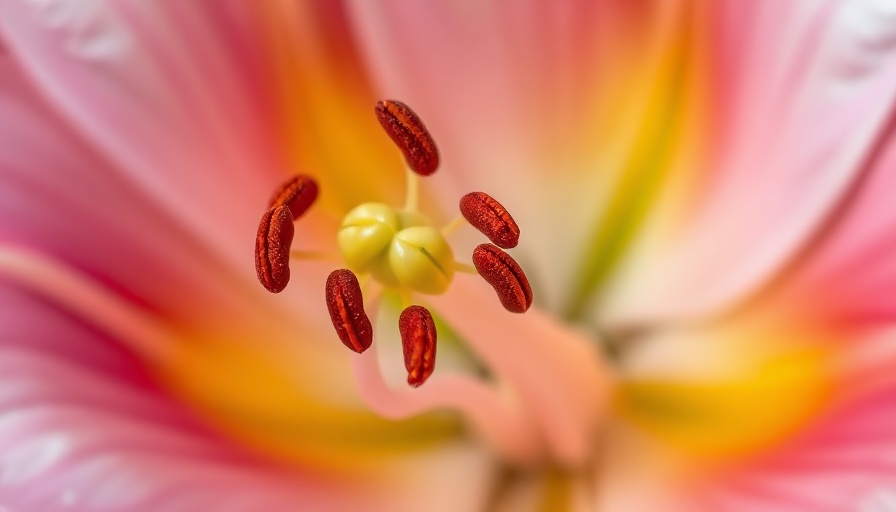
Unveiling Nature's Masterpiece: The Structure of a Flower
Flowers are not just symbols of beauty and fragrance; they are intricate masterpieces of nature, playing crucial roles in ecosystems and human celebrations. From weddings to housewarmings, flowers are central to our lives, symbolizing emotions like love and friendship.
The Essential Parts: An Exploration into a Flower's Anatomy
Diving deeper into a flower's anatomy reveals fascinating details. The stigma, atop the pistil, is essential for receiving pollen. Its sticky surface attracts pollen, initiating the pollination process. The flower's ovary, integral to seed formation, varies in structure from unilocular to multilocular, each containing locules with ovules.
Sepals, often overlooked, serve as protective leaf-like structures, supporting petals during blooming. And then there's the anther, where the story of male gametes begins. Filled with chambers called microsporangia, it’s a crucial hub for pollen production.
Petals: Nature's Irresistible Invitation
Arguably the most eye-catching part of a flower, petals come in vibrant colors and varied shapes. Their allure isn't just for humans; it's a deliberate call to pollinators like bees, insects, and birds. The combination of color and scent is nature's strategy, enhancing pollination efficiency.
Future Predictions and Trends: Empowering African Entrepreneurs
For East African entrepreneurs and parents, understanding floriculture’s intricacies opens doors to innovation in agriculture and eco-friendly business ventures. The evolving demands for sustainable practices make floriculture an avenue for growth, aligning economic ambitions with ecological preservation.
Unique Benefits of Knowledge: Enhancing Family Learning Experiences
By exploring the parts of a flower, parents can create engaging educational experiences for children. This knowledge empowers families to appreciate nature, encouraging youngsters to think creatively about the natural world and inspiring future innovations.
 Add Row
Add Row  Add
Add 




Write A Comment